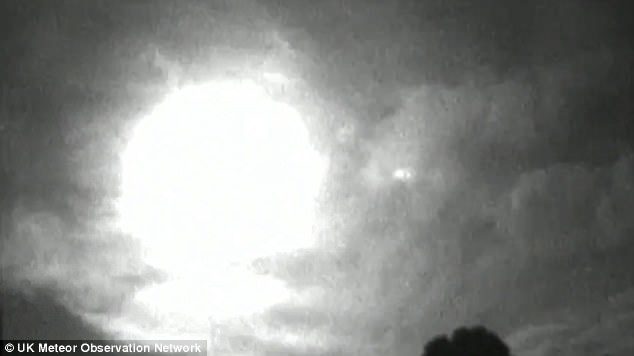
Two huge fireballs were widely seen across the country as they blazed across the skies this weekend.
Dozens of skywatchers reported spotting the first meteor which flew over England, Wales and northern France shortly after midnight on Saturday.
Several even said they heard rumbling and 'multiple booms lasting 2-3 seconds' as the object passed overhead although others said it was silent.
Experts classified it as a bolide, which is the term used when a meteor causes a flash as bright as the moon.
Footage of the fireball, filmed in Wilcot, Wiltshire, shows a bright dot rapidly getting bigger as it travels across the sky.
It culminates in a huge flash of light before quickly reducing in size until it disappears.
Another meteor was seen flying across the same region six hours later with some witnesses reporting that it appeared to break up in the sky.
UK Meteor Observation Network member Richard Fleet said the first fireball was the second brightest the country had seen in three years.
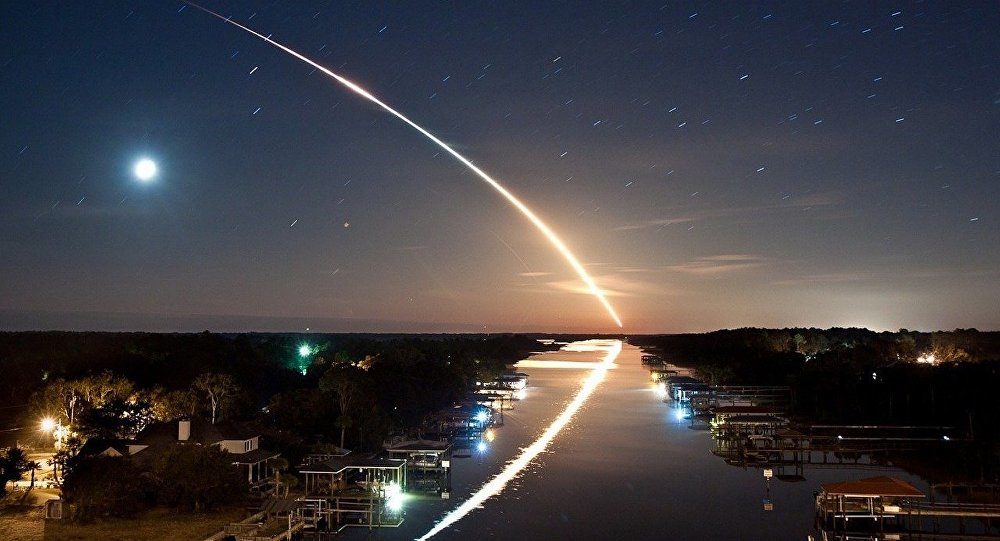
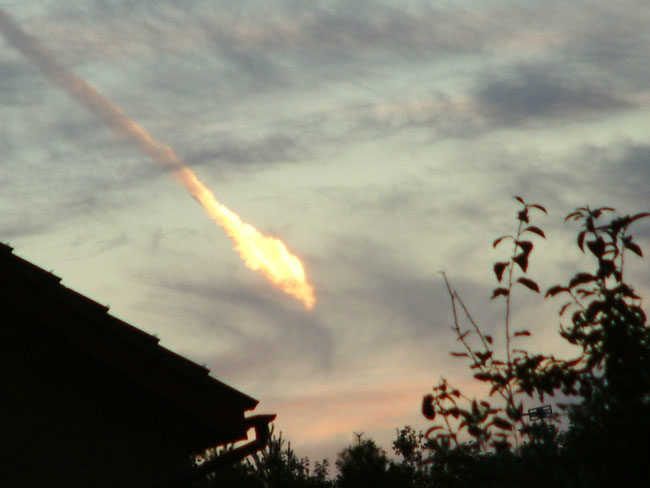
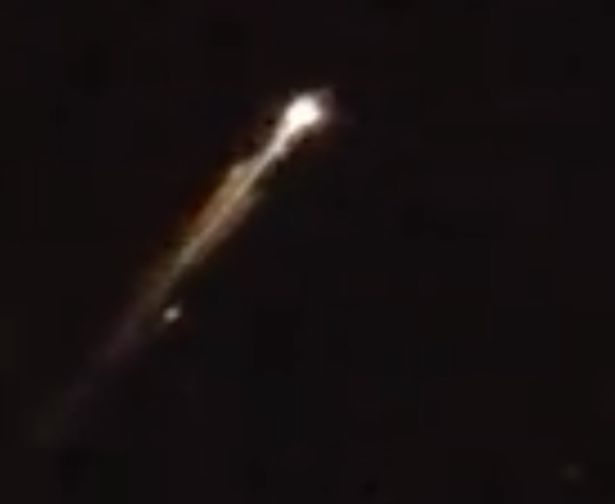
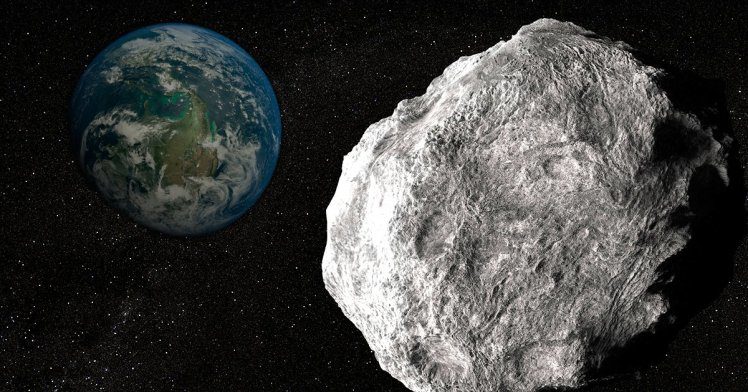
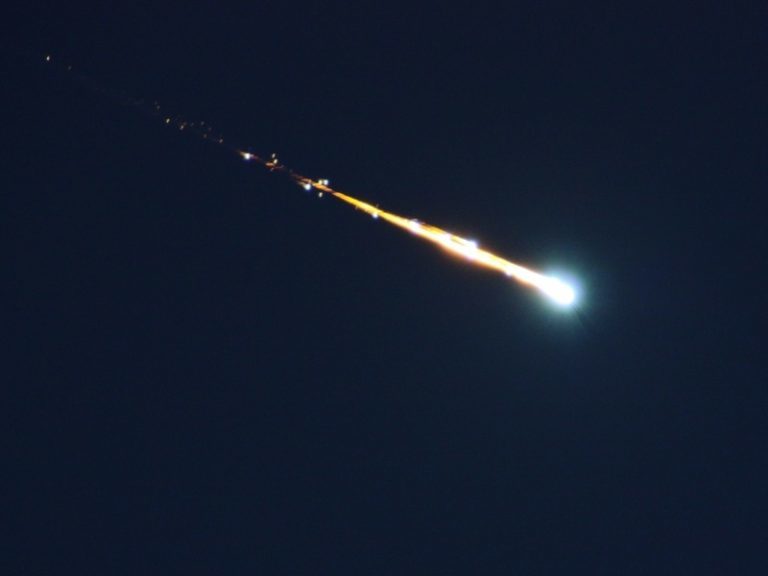
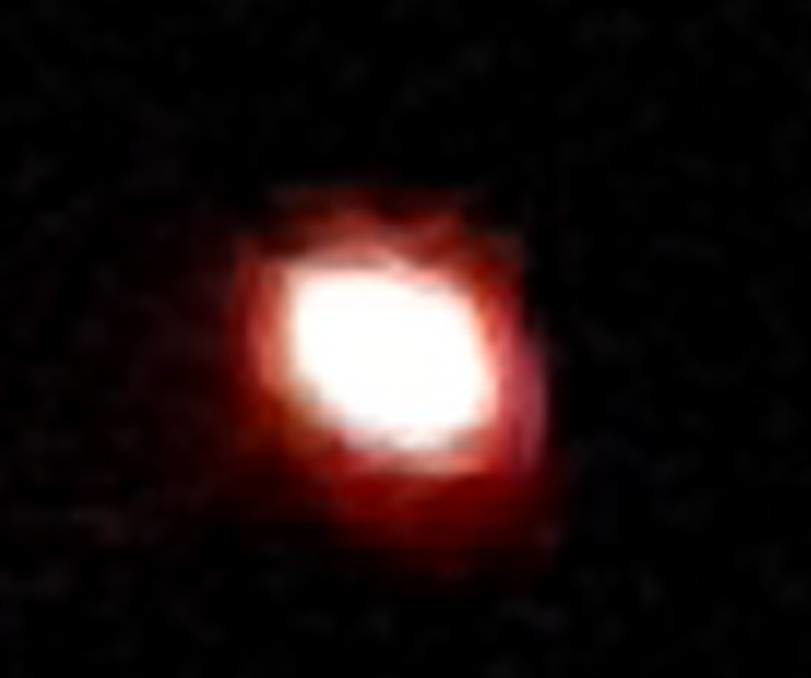
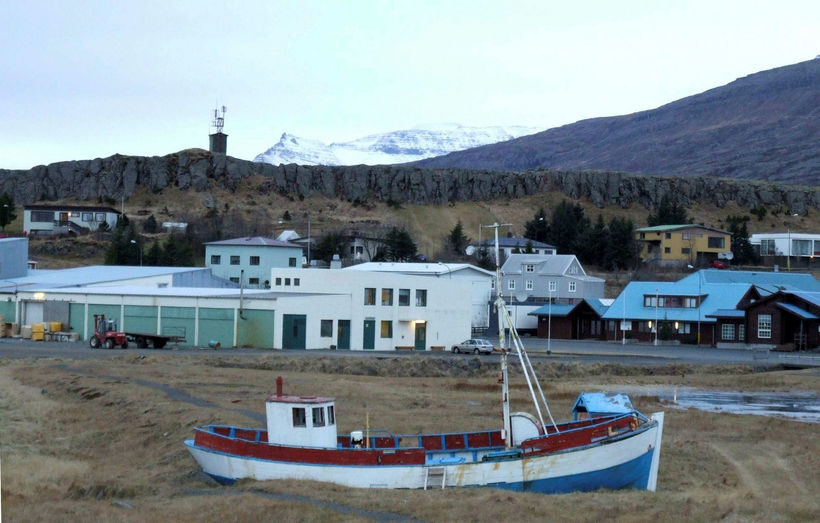
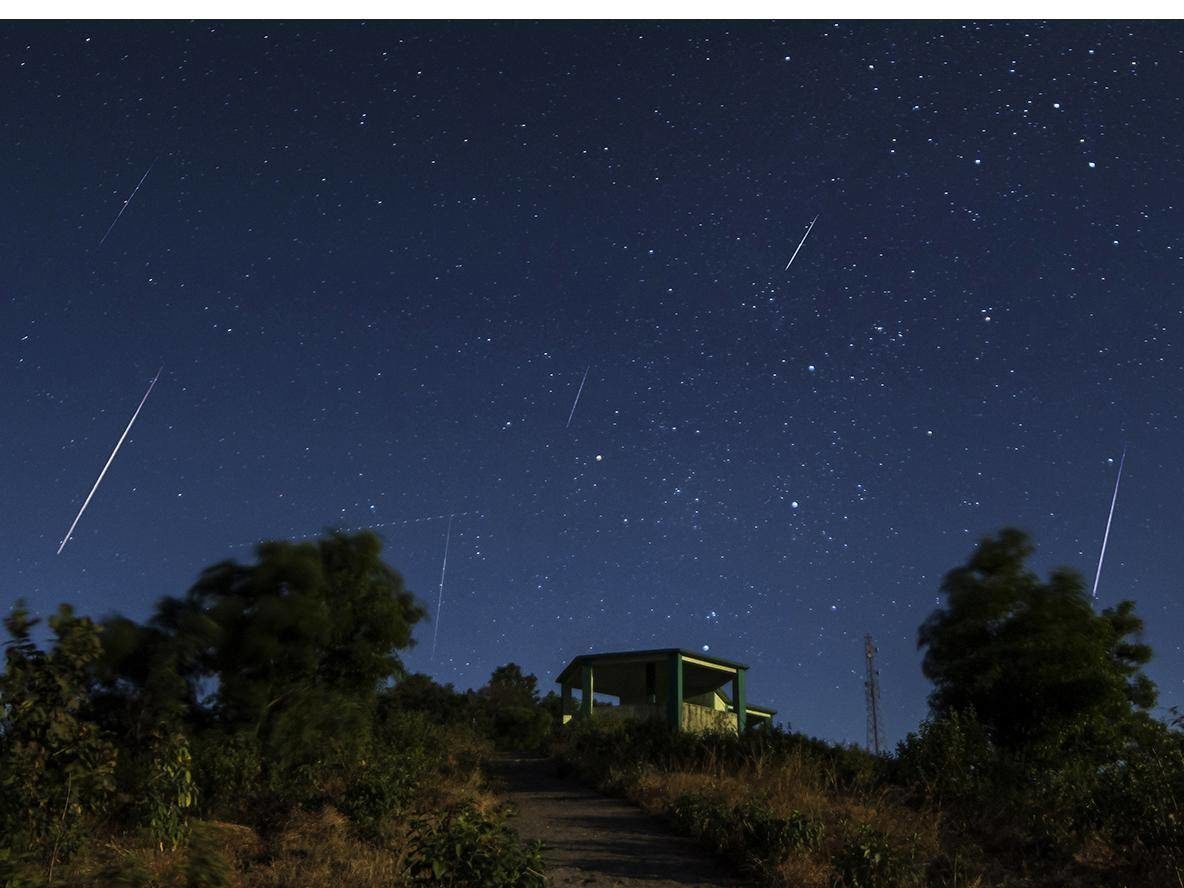
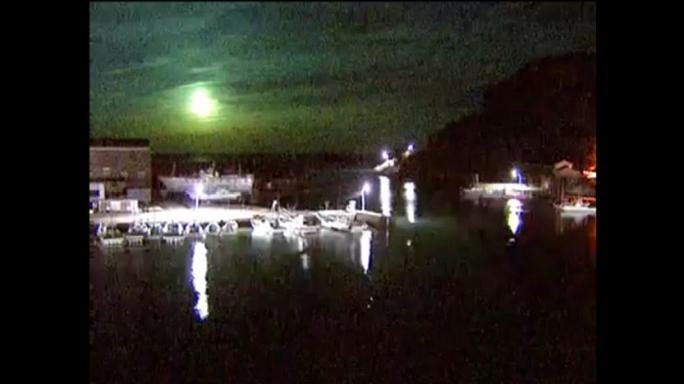


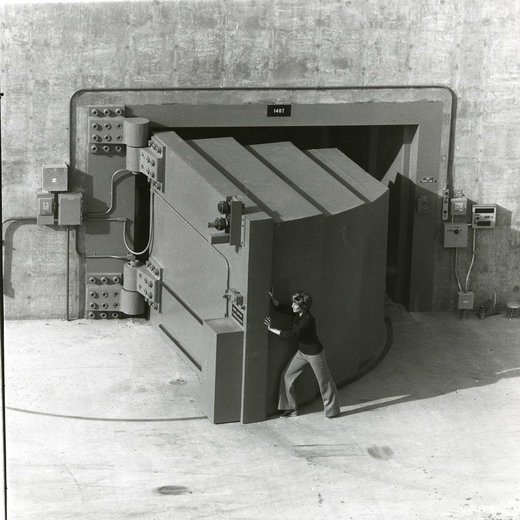
Comment: The American Meteor Society have received over 90 and 160 reports of the two events (4590-2017 and 4588-2017). More 'mysterious booms' are being reported worldwide, see also:
BOOM! Mysterious blasts rattling the skies are on the increase around the world - UPDATE at least 64 documented events (VIDEO)
Updated on 28th November: Video footage has now emerged of the second fireball seen across the southern UK on the 25th of November at 07:13 GMT:
The following is from South Wales:
Another video, this time taken in Birmingham: